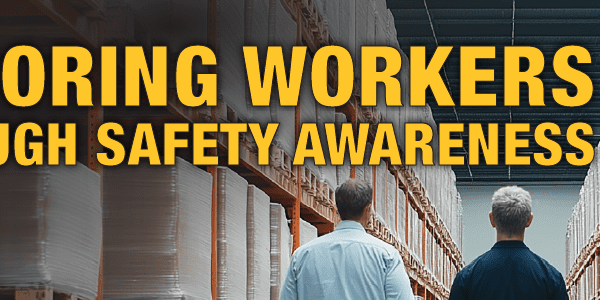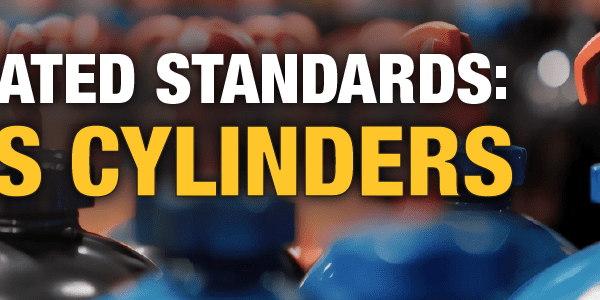West, TX – April 17, 2013
As we approach the third anniversary of the catastrophic explosion involving ammonium nitrate fertilizer in West, TX, the US Chemical Safety Board (CSB) recently released the final report of their investigation into the disaster.
On April 17, 2013 during a fire at a fertilizer storage and distribution centre, a town was devastated when about 30 tons of fertilizer grade ammonium nitrate (FGAN), from a stored total of 40-60 tons, exploded.
Dangerously Close
The CSB conclusion examined the lack of awareness of the general hazard properties of ammonium nitrate (AN) on both the storage arrangements for the FGAN; and the response of emergency personnel to the incident. A related factor in the devastation was the gradual encroachment of residential/institutional property uses to the distribution facility. These failures resulted in the deaths of 15 people, including 12 emergency responders.
A video reconstructing the incident is available from the CSB »
In Spring a Growers Fancy … Turns to Thoughts of … Fertilizer
(with apologies to Alfred, Lord Tennyson)
Nitrogen is one of the four essential nutrients; along with hydrogen, oxygen and carbon; for the plants that are essential to human nutrition. Plants obtain hydrogen, oxygen and carbon fairly easily from carbon dioxide and water.
Nitrogen, however, is rarely found naturally in a form that can be used directly by the plants in quantities conducive to producing a viable food source. Often the form most efficiently consumed by plants, practically available for crop production, is found as either ammonia or ammonium nitrate.
Both of these ingredients have uses other than as crop nutrients – e.g. refrigeration, cleaning, pollutant scrubbing, etc. for ammonia; and explosives (UN0222), cold packs, etc. for AN.
Due to its pungent odour in all applications, ammonia hazards are fairly obvious to most people dealing with it. (Some of the initial reports emphasized the anhydrous ammonia at the facility- although ammonium nitrate turned out to be much more deadly).
Even in transportation, there is a requirement to signal the inhalation hazards associated with the anhydrous (commonly used as a soil-injected fertilizer) ammonia. Despite this, there are fatalities all too often resulting from anhydrous ammonia exposure (viz a worker in Medicine Hat, AB in December when a valve opened after being accidentally struck by a piece of equipment during a weatherproofing operation.
FGAN, on the other hand, seems to be of lesser concern to a broader population despite its classification as an oxidizer (UN2067) or conditionally as a Class 9 miscellaneous substance (UN2071). There is a fine line between the physical form/composition sold as fertilizer and the transformation to an explosive when the form changes or there is the addition of fuel components.
History has shown the result of failure to recognize the basic potential of AN to explode in a variety of cases (excluding explosives factories/terrorist activities) involving transportation or storage of what was considered FGAN. Not the least of these is the April 16 (!) 1947 Texas City incident which resulted in 581 fatalities (including 27 first responders on the scene) when 7000 tons FGAN on board a vessel exploded; or a fertilizer storage incident in the Loire district of France in 2003 when a barn fire involving 3-5 tonnes of FGAN detonated injuring 26 people. Fortunately there were no fatalities in the latter incident.
http://www.texascity-library.org/disaster/first.php
Resources are Available
Hazards of AN are extensively covered under explosives, marine cargo, rail and various environmental/safety regulations. Reputable suppliers of the products put considerable effort into the quality of information on SDS, not just for FGAN, but for other nitrate-containing fertilizers (e.g. urea ammonium nitrate- UAN, which may not be “regulated” in the form used as fertilizer, but none-the-less present similar hazards during a fire).
Fertilizer associations in both the US and Canada have established codes specifically addressing FGAN storage and handling that include concerns regarding the transition of FGAN to an explosive (the same organisations also provide Codes for the safe handling of anhydrous ammonia).
https://www.tfi.org/safety-and-security-tools
http://fertilizercanada.ca/safety-security/
Despite the fact that there are a plethora of regulations around industrial grade AN, all too often the relation of FGAN to these hazards is not well known outside of the directly-regulated community. This was a finding in the St. Romain-en-Jarez (Loire) incident in 2003 and was heavily emphasized in the CSB report of the West incident in 2013. In fact, among its recommendations the CSB recommended the disclaimer “Only Intended for Use When Responding to Transportation Incidents” for the 2016 ERG. Although this specific phrase may not be included, similar wording is expected on the front cover. We can only hope that those relying on this resource recognize that context is key when using any guide.





